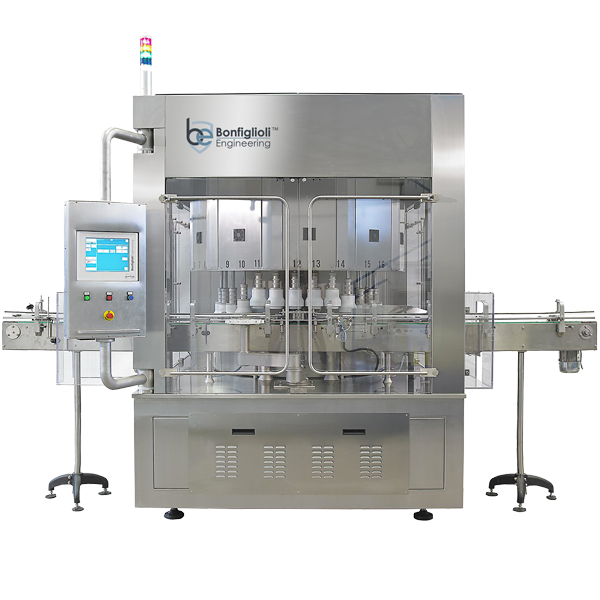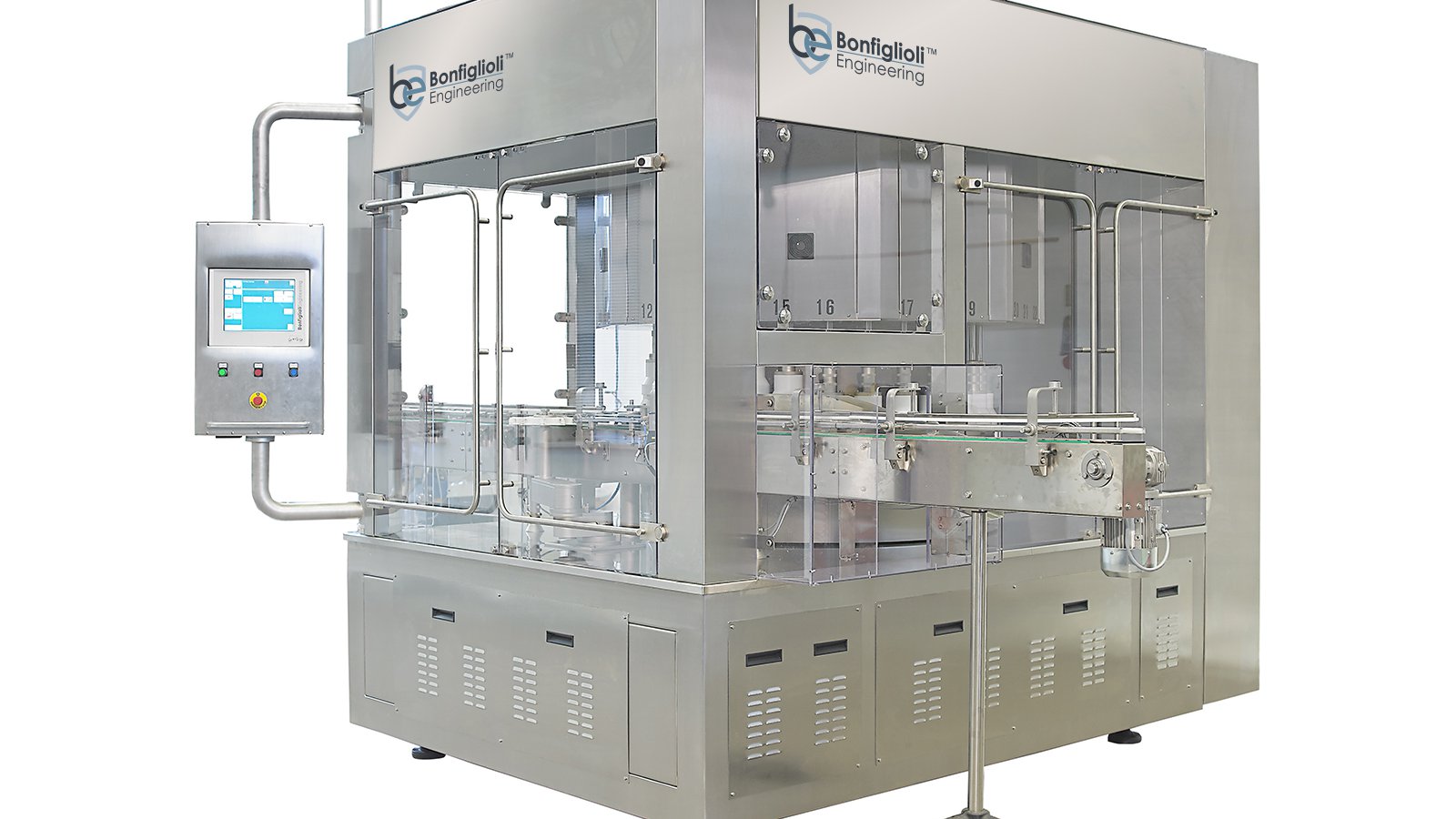RLD 400 DC Leak Tester
Food & Beverages
100% In-Line Machine for Non-Invasive, Non-Destructive Integrity Inspection for filled & lidded containers.
PLAY VIDEO
Cups
Food Trays
Highlights
- Zero downtime
- Zero alteration of container features
- Quality Ensured: No leaking containers due to: microholes, inappropriate sealing or cracks
- Safe products for the end-user & manufacturers protection from financial loss due to recalls, lawsuits and potential adverse publicity


